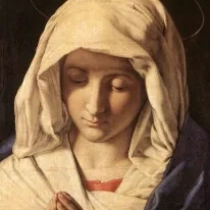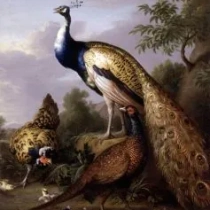The Polish Rider 1655
The Polish Rider, created by the renowned Dutch painter Rembrandt van Rijn in 1655, is a captivating and enigmatic artwork that continues to inspire and intrigue art enthusiasts across the globe. This painting depicts a young man, believed to be of Polish origin, confidently astride a horse, gazing into the distance with an intense and introspective expression. The composition exudes a sense of mystery and adventure, as the rider seems to be on a journey through a rugged and atmospheric landscape.
Rembrandt's masterful use of chiaroscuro, a technique involving strong contrasts of light and shadow, imbues the painting with a profound sense of drama and depth. The interplay of light and shadow not only accentuates the contours of the figure and the horse but also evokes an emotive atmosphere, adding to the enigma surrounding the scene. The richness of color and texture further enhances the visual impact of the artwork, drawing the viewer into the evocative world Rembrandt has created.
One of the most intriguing aspects of The Polish Rider is the ambiguity surrounding the identity and purpose of the figure. The young man's enigmatic expression and the lack of clear narrative details invite speculation and interpretation. This ambiguity has led to a myriad of theories and discussions among art scholars, each offering their own insights into the possible symbolism and significance of the painting.
Overall, The Polish Rider stands as a testament to Rembrandt's exceptional skill in capturing the depth of human emotion and the power of visual storytelling. Through this captivating artwork, Rembrandt invites viewers to ponder the mysteries of the human experience and the timeless allure of the open road, making it an enduring masterpiece in the world of art.







No Comments Yet...